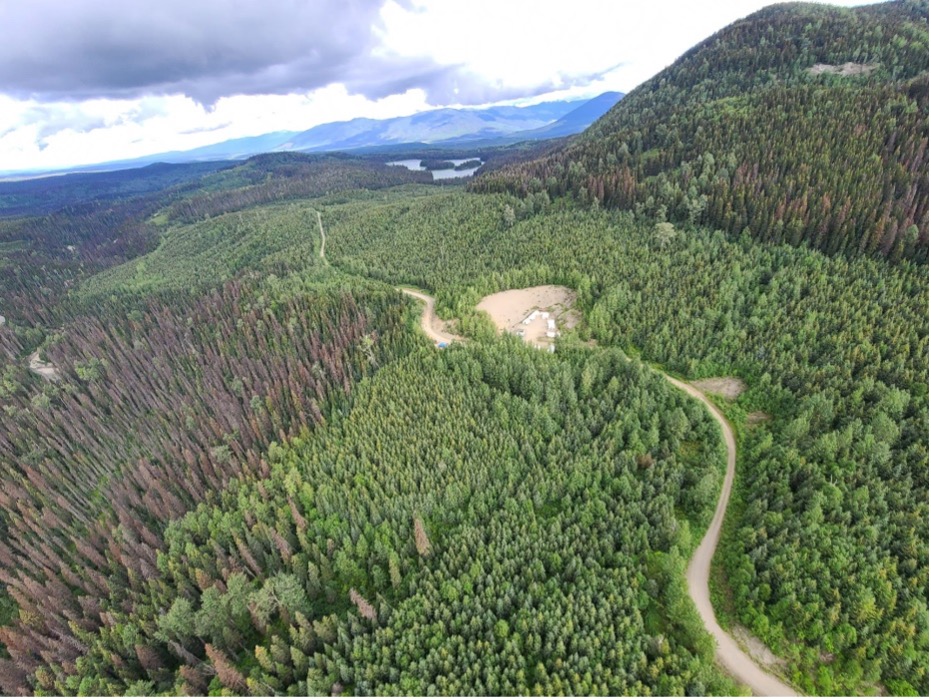US celebrates National Miners Day

On Tuesday, December 6, 2016, the nation will pay tribute to the American miner, both past and present, on National Miners Day. This day was proclaimed in 1907 by the Mine Safety and Health Administration (MSHA) and Congress in 2009 to commemorate a 1907 explosion at the No. 6 and No. 8 mines in Monongah, West Virginia, killing 362 miners. This incident still stands over a century later as the worst industrial accident in American history.
Mining has a proud tradition in the United States. About 366,000 miners today work to extract nearly 100 different kinds of minerals, including coal, gold, copper, silver, granite, salt, gravel, and more. According to MSHA, “there are mines in all fifty states which provide the raw materials for heat, electricity, roads, bridges, and numerous consumer products, from electronics to cosmetics.” Toothpaste, one of the most common household products in the U.S., is comprised of fluorspar (fluoride), mica, sand (silica), and titanium, all minerals obtained by miners.
Continuous Improvement in Mining
Recognizing the importance of mining and mining safety, Graphic Products, a leader in safety, created a Continuous Improvement in Mining Guide earlier this year. The free downloadable guide explains how mining and tools like kaizen intersect within continuous improvement, a philosophy of looking for ways to improve products and processes. With continuous improvement, the greatest effort is spent on small, incremental changes which down the road amounts to increased efficiency, improved productivity, a better quality product, and reduced costs.
Applied to mining, this could mean a mine cuts its energy consumption by double digits by reducing airflow during downtime. Transportation within mines could also be streamlined with continuous improvement by ensuring trucks are filled to capacity and that they are loaded properly to travel an ideal speed on a well-maintained road. Safety comes into play with kaizen when mine operators and technicians look for problems and find solutions to those problems.
By: Sally Murdoch
{{ commodity.name }}
{{ post.title }}
{{ post.date }}


Comments